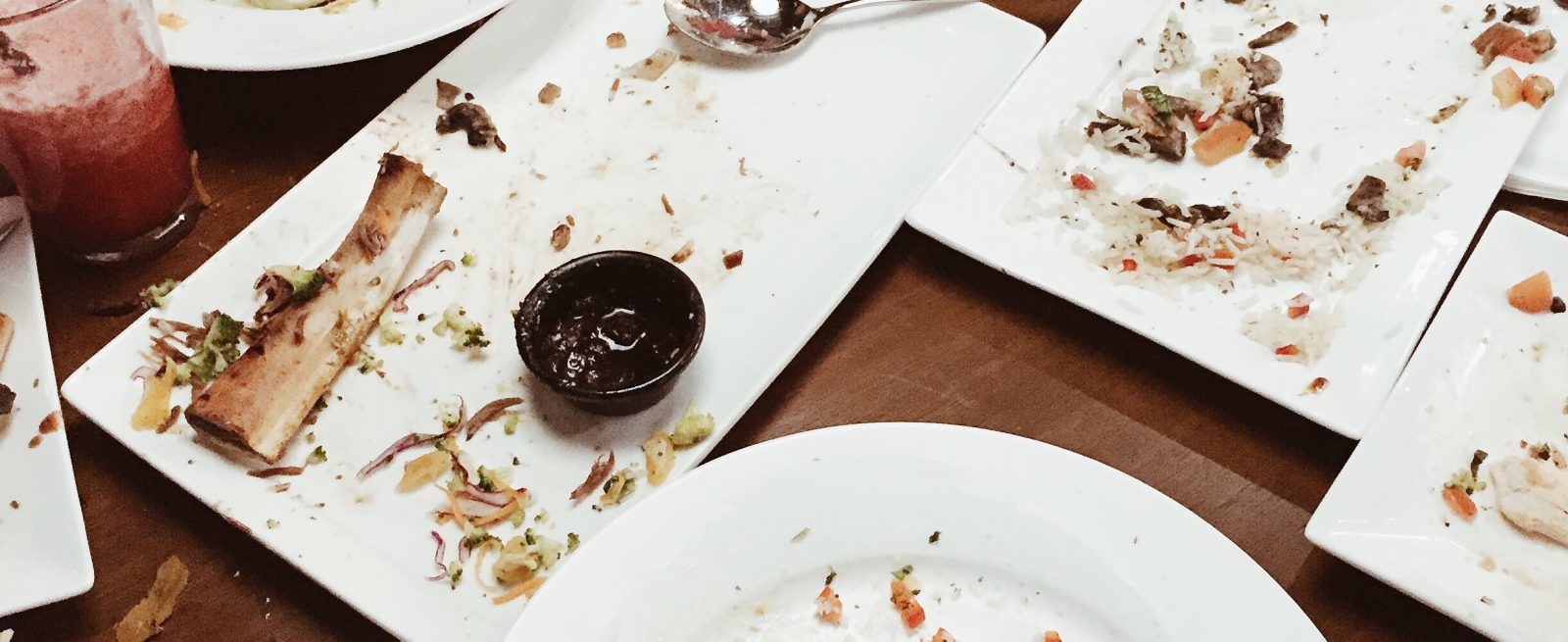How Much Food Do UK Restaurants Waste?
3 Min Read By Alexandra Dalton
There’s a national drive in the UK to adopt greener practices and become eco-friendlier businesses — and that goes for companies within the food and drink sector, too.
Of course, putting these greener methods into practice can be difficult — so how much are UK restaurants and cafes truly wasting and is it a cause for concern?
Waste Created by Restaurants
Did you know that food firms lose 97p from each meal they serve? Essentially, this is because of food waste that is entirely avoidable. Each year, food waste costs restaurants £682 million and overall, restaurants produce 915,400 tonnes of waste — which includes 199,100 tonnes of foodwaste.
Almost a £1 loss on every meal can significantly impact on your total profits. Take a pub restaurant for example; according to data from How To Run A Pub, the average spend on a three-course pub meal is £14.48. Six percent of this amount (97p) is immediately stripped from this total to account for avoidable food waste, before overheads like wages, utilities and maintenance are removed.
One positive with regard to being eco-friendly in the food industry is that restaurants typically have excellent recycling rates. 51 percent of all waste from restaurants is recycled, with 65 percent of packaging and other wastes also recycled. Clearly, restaurants need to implement efficiencies in order to minimise waste and boost profits. But is this easier said than done?
Consumer Consensus
The first step to creating a workable process for minimising waste is knowing your customer. One survey found that more than a quarter of diners (27 percent) left food on their plate when dining out. Generally, it seems that diners are comfortable with this, as three fifths said doing so was not concerning. Chips were the most common food left on plates, with 32 percent of diners leaving some uneaten, while vegetables took second place (18 percent).
If you know that, typically, your customers leave a certain food uneaten, you can do something about it. Overwhelmingly, 41 percent said that they did so because the portions were too big. Other factors can also have an influence. The number of courses ordered can influence how much food is left; diners may, for example, leave more of their main course if they have ordered a dessert. Who we dine with can also influence how much we eat. If we are comfortable with our company, we will usually eat more than if we were in a professional situation.
Ways of Minimizing Leftover Food
Many consumers won’t think twice about leaving a small portion of food on their plates, so it’s the responsibility of the eatery owner to endeavour to minimise food waste. But, it can be difficult to know where to start, so here are a few tips:
-
Flexible menus: if you don’t already, make sure your menu offers the guest to tweak parts of their meal — like sides. Letting customers have dishes they definitely like will help bring down waste levels. Remember; increased food waste may lead to greater costs.
-
Offering takeaways:almost three quarters of people say that they don’t might being offered a carton to take leftovers home. Train your staff to ask customers, who have a lot of food left on their plate, whether they want to take it home with them.
-
Creating meals that suit different levels of hunger:sometimes, people just want to pop out for a small meal or even a snack — are you catering for this customer? Include lighter options on your menu, which will help you naturally reduce the cost of waste.
Even using recyclable materials, such as paper tablecloths, can help make your company greener. The small savings made through greater attention to restaurant food waste may seem insignificant but in a competitive industry with rising costs, any threat to profits needs to be dealt with today.
Sources
http://www.wrap.org.uk/sites/files/wrap/Restaurants.pdf
https://www.theguardian.com/sustainable-business/food-waste-eating-out-restaurants


